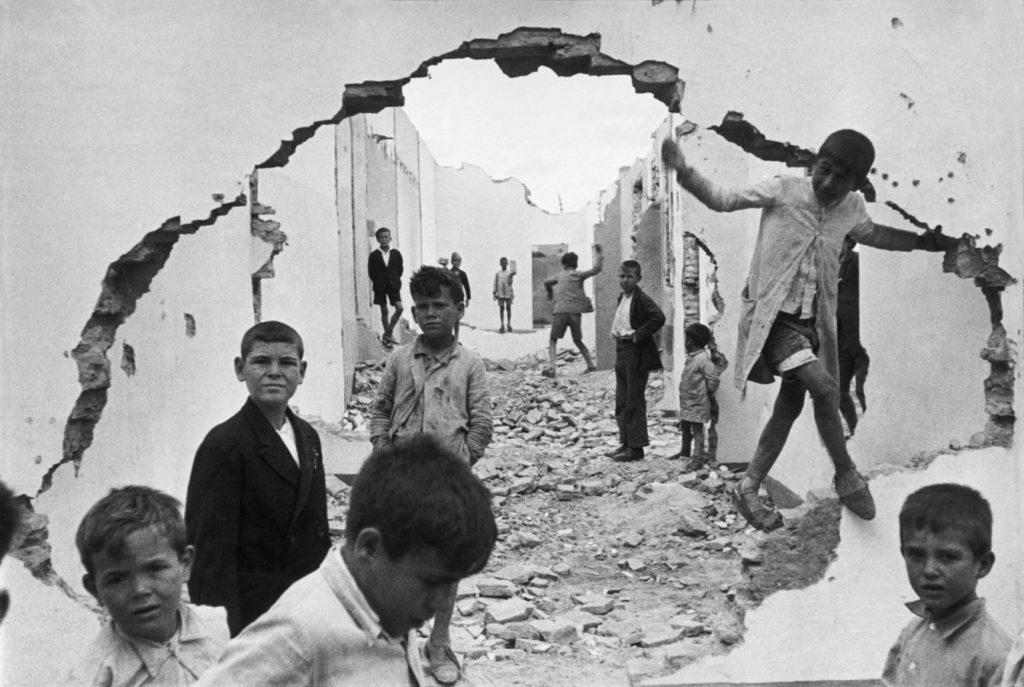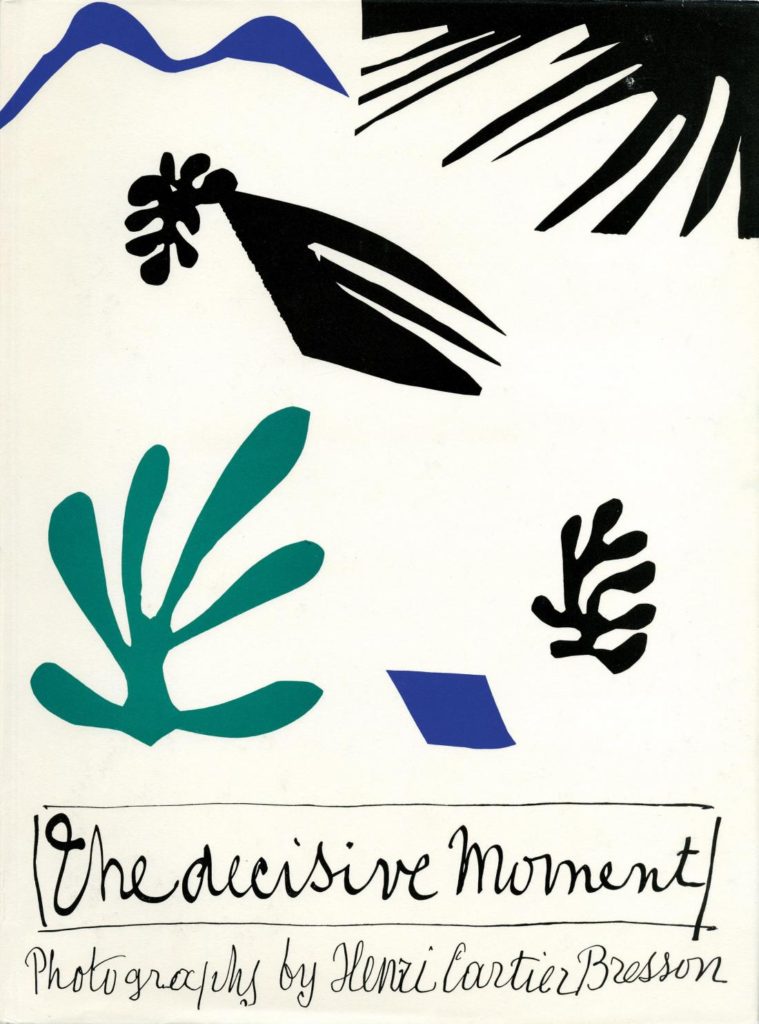How does Henri Cartier-Bresson view the act of photography?
Henri sees photography as an extension of the eye like the lens could be seen as the eye as it can see things a naked eye wouldn’t pick up on and it can go to places where the human eye couldn’t like the sea or in space.. He sees it as physical pleasure he compared into to hunting but without the killing. He feels as if he connects to humanity through photography.


Who is he?
Henri Cartier-Bresson was a French artist and humanist photographer considered a master of candid photography, and an early user of 35mm film. He pioneered the genre of street photography, and viewed photography as capturing a decisive moment. Cartier-Bresson was one of the founding members of Magnum Photos in 1947.He was born on August 22, 1908 and died August 3, 2004 (age 95 years).What was his most famous photo?
What was his most famous photo?
One of Cartier-Bresson’s most popular pictures is Place de l’Europe. Just before the man’s heel hits the water, a man is seen happily jumping across a flooded area in Paris.

Describe Cartier-Bresson’s theory of The Decisive Moment.
Cartier-Bresson describes this theory as like capturing a moment in the perfect time and it is a act of seeing, feeling and connecting to take a candid photo of people in such natural environments and acting as they would. He said in order to do this he has to be unnoticed so they act naturally. Cartier-Bresson said that correction is impossible because if the photo turns out bad or not the way he wanted the moment is lost and he can not replicate it.
Henri Cartier-Bresson (1908-2004), a French photographer who is considered to be one of the fathers of photojournalism and masters of candid photography. He sought to capture the ‘everyday’ in his photographs and took great interest in recording human activity. He wrote,+
“For me the camera is a sketch book, an instrument of intuition and spontaneity, the master of the instant which, in visual terms, questions and decides simultaneously. In order to ‘give a meaning’ to the world, one has to feel involved in what one frames through the viewfinder. This attitude requires concentration, discipline of mind, sensitivity, and a sense of geometry. It is by economy of means that one arrives at simplicity of expression.”

As a reporter and co-founder of the Magnum photography agency, Cartier-Bresson accepted his responsibility to supply information to a world in a hurry. He documented the liberation of Paris, the collapse of the Nationalist regime in China, Gandhi’s funeral and the partitioning of Berlin. Cartier-Bresson helped develop the street photography style that has influenced generations of photographers that followed. He was influenced by Surrealism and began his career in film working with renowned French director, Jean Renoir as second assistant director to films such as La vie est à nous (1936) and Une partie de campagne (1936), and La Règle du Jeu (1939 – considered one of the most influential films in 20th century.

The Decisive Moment, Henri Cartier-Bresson’s influential publication, is widely considered to be one of the most important photobooks of the twentieth century. Pioneering for its emphasis on the photograph itself as a unique narrative form, The Decisive Moment was described by Robert Capa as “a Bible for photographers.” Originally titled Images à la Sauvette (“images on the run”) in the French, the book was published in English with a new title, The Decisive Moment, which unintentionally imposed the motto which would define Cartier-Bresson’s work. The exhibition details how the decisions made by the collaborators in this major project—including Cartier-Bresson, French art publisher Tériade, American publisher Simon & Schuster, and Henri Matisse, who designed the book’s cover—have shaped our understanding of Cartier-Bresson’s photographs.
